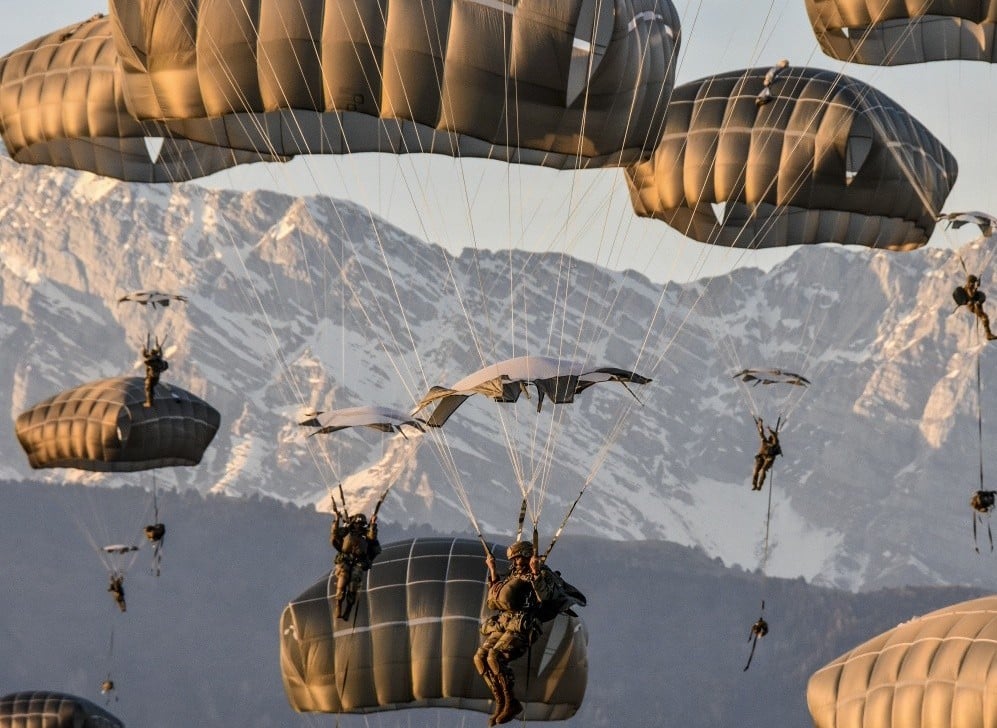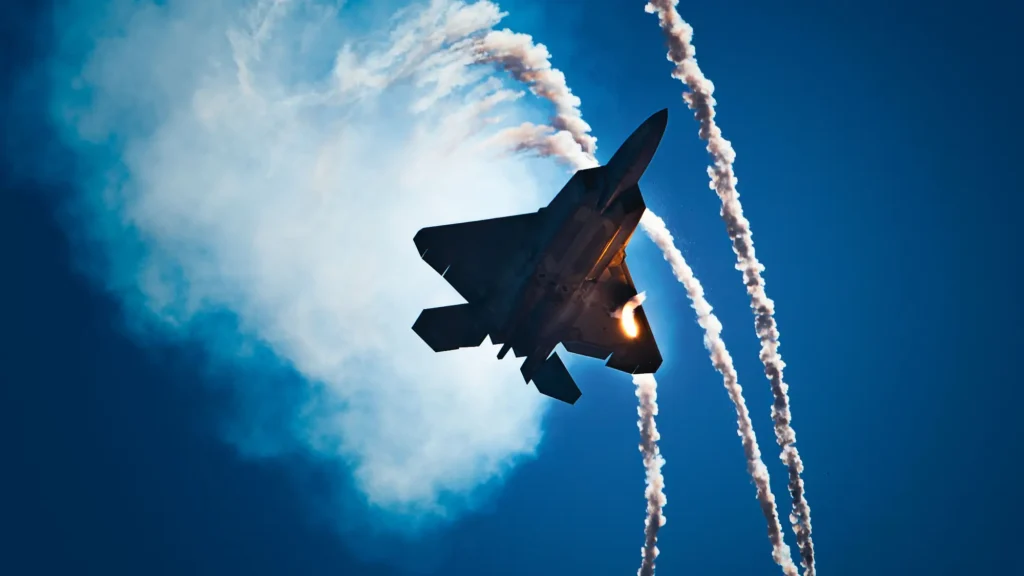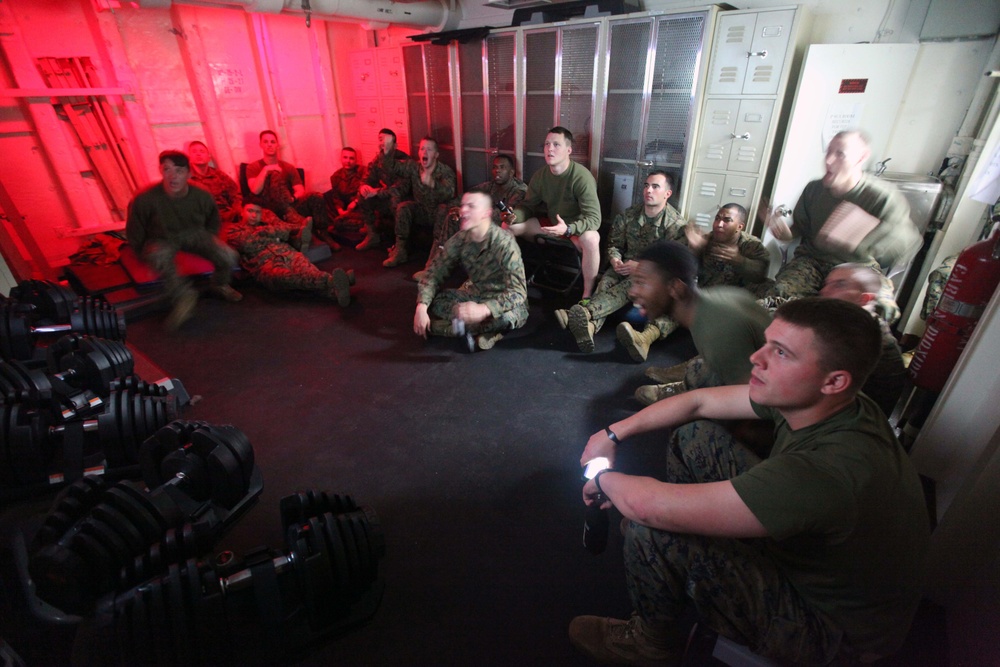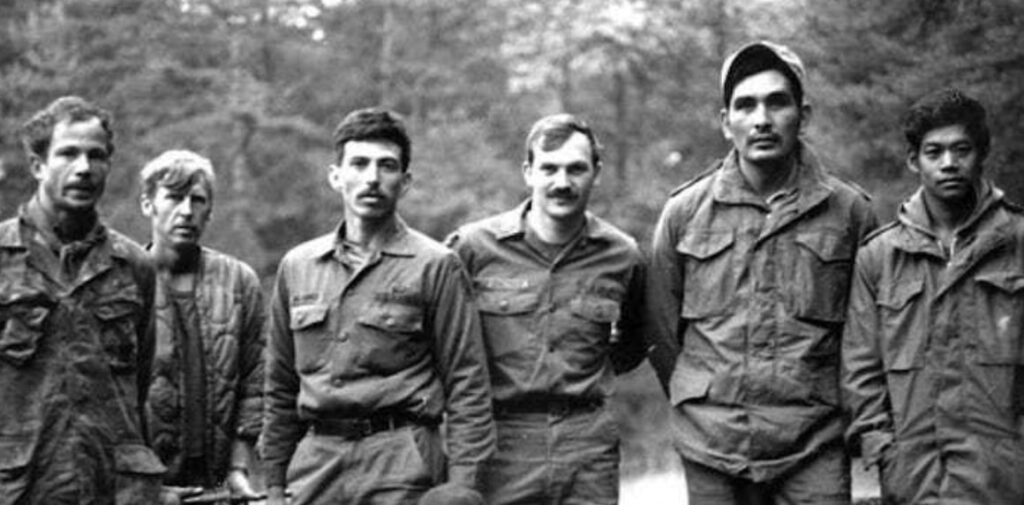Assessing airborne status in US Army Special Operations Forces
- By Divergent Options
Share This Article

This article by Stuart E. Gallagher was originally published by Divergent Options.
Stuart E. Gallagher is a Special Operations Officer in the United States Army and a graduate of the National Defense University. He has previously served as a Commander, a Military Advisor to the United States Department of State, and Senior Observer Coach Trainer at the Joint Multinational Readiness Center. He currently serves as the Chief, G3/5 Plans and Analysis for the United States Army John F. Kennedy Special Warfare Center and School. Divergent Options content does not contain information of an official nature nor does the content represent the official position of any government, organization or group.
Title: Assessing Airborne Status in U.S. Army Special Operations Forces
Date Originally Written: August 26, 2021.
Date Originally Published: October 18, 2021.
Author and / or Article Point of View: The author has spent the majority of his career in U.S. Army special operations and on airborne status. The author contends that although there are a significant and legitimate number of reasons airborne status should be removed from special operations units, maintaining this status is essential to the posterity of elite Army Special Operations Forces (ARSOF).
Summary: Airborne operations date back to World War 2. During this time, airborne operations delivered large numbers of paratroopers and special operations personnel (Office of Strategic Services) into denied territories[1]. Today, despite improved technology and the rise of great power competition, there is still a place for this capability in the ARSOF as it still fosters “eliteness,” and camaraderie, and is an effective assessment and selection tool.
Text: Since its humble beginnings, airborne operations have played a critical role in U.S. military operations throughout the world. From World War 2 to Vietnam to Grenada to Iraq, paratroopers answered the nation’s call. However, as the face of battle has changed over the last century, so too has the need for delivering large numbers of paratroopers behind enemy lines. As this metamorphosis has taken place, many senior military and civilian decision makers have begun to question the practice of maintaining large standing formations of airborne qualified troops. This practice is called further into question when applied to ARSOF, as their employment is even less probable.
There are many compelling arguments against keeping special operations soldiers on airborne status such as: money, training time, injuries and lack of practical application. The first, and arguably most discussed is cost – a paratrooper on status is currently paid 150.00 dollars per month for hazardous duty pay. This equates to 1,800.00 dollars per year per soldier. Multiplying that number over a battalion sized element of 800 soldiers equates to 1.44 million dollars per year. If applied to an airborne brigade of 4,500 paratroopers this number swells to 8.1 million dollars. This is just airborne pay to the soldiers – this number does not account for the maintenance and employment of the airframes and equipment utilized to conduct airborne operations.
Another argument often made pertains to training time required to maintain currency. On average it takes, conservatively, anywhere between four and twelve hours to conduct an airborne operation depending on the number of personnel, type of aircraft and weather conditions. In order to maintain currency, by regulation, a paratrooper must jump four times per calendar year. This is time that could arguably be used for other training that promotes soldier and unit readiness.
Finally, jumping out of airplanes is a hazardous endeavor, which often leads to a litany of injuries – back, knees, hip, ankle, and head, just to name a few. Injuries of this nature directly impact readiness either temporarily (soldier gets injured, recovers and returns to duty) or permanently (soldier gets injured, cannot make a full recovery and is in turn discharged from the Army altogether).
So why should ARSOF maintain airborne status?
Although all of the above are legitimate and justifiable arguments as to why airborne forces should become a thing of the past, there are a multitude of reasons to maintain airborne status in both conventional and ARSOF units such as: elitism, camaraderie, and assessment and selection. One of the most important is elitism. Although in many circumstances elitism is construed in a negative light, when applied to elite military units, this is not the case. According to the Cambridge Dictionary, elitism is defined as “the belief that some things are only for a few people who have special qualities or abilities [2].” By definition, being a paratrooper is being one of the elite in the Army. Elitism promotes esprit de corps, and esprit de corps promotes the good order, confidence and discipline required in military units to fight and win in battle.
Another intangible that is invaluable in military formations is camaraderie. As counterintuitive as it may sound, engaging in activities that are life threatening forges a bond between soldiers that simply cannot be replicated anywhere else – jumping out of airplanes is one such activity. Soldiers put their lives in one another’s hands on a daily basis. As such, it is imperative that they trust one another implicitly – that they have a tight bond. Airborne units forge and promote that bond as it pays tremendous dividends in stressful situations such as combat.
Finally, in order to become a paratrooper, a soldier must volunteer for airborne school. For ARSOF, airborne school serves as a form of early assessment and selection. It is not uncommon for ARSOF soldiers to face danger and be uncomfortable. In fact, this facing of danger is more often than not a common occurrence. As all ARSOF units are airborne units, if a solider is unable or unwilling to jump out of airplanes, they are probably not the right fit for special operations.
Throughout United States history, airborne forces have played a key role in the nation’s defense. However, for various reasons, over the past two decades, airborne units were scaled back, hence decreasing the number of paratroopers on airborne status. Although understandable in an age of shrinking military budgets and increasing technologies, there is still a place for the airborne as it is an elite force providing both the tangibles and the intangibles necessary to fight and win the nation’s wars. Airborne!
Endnotes:
[1] The Office of Strategic Services or OSS was a wartime intelligence agency of the United States during WWII. It was the predecessor of both the Central Intelligence Agency (CIA) and the Army Special Forces (Green Berets). The organization was disbanded at the conclusion of WWII.
[2] Cambridge Dictionary. Retrieved August 26, 2021 from: https://dictionary.cambridge.org/us/dictionary/english/eltism
Read more from Sandboxx News:
- For first time in decades, female Soldier completes final phase of Special Forces training
- How to write an Op-Ed
- Another ‘first’ for the Army during recruiting push
- US Army ranks: Everything you need to know
- Sink or swim? Preparing for US Marine Corps water survival qual
Feature image: U.S. Army photo (cropped)
Related Posts
Sandboxx News Merch
-

‘AirPower’ Classic Hoodie
$46.00 – $48.00 Select options This product has multiple variants. The options may be chosen on the product page -

‘Sandboxx News’ Trucker Cap
$27.00 Select options This product has multiple variants. The options may be chosen on the product page -

‘Kinetic Diplomacy’ Bumper Sticker (Black)
$8.00 Add to cart
Divergent Options
Related to: Military Affairs, Special Operations

America’s first 6th-gen fighter jet will be Boeing’s F-47, Trump just announced

3 new TV shows to watch to make service time pass faster

Delta Force Assessment and Selection: Spending nights at base camps

The US Navy is forced to wait on its new flagship frigate
Sandboxx News
-

‘Sandboxx News’ Trucker Cap
$27.00 Select options This product has multiple variants. The options may be chosen on the product page -

‘AirPower’ Classic Hoodie
$46.00 – $48.00 Select options This product has multiple variants. The options may be chosen on the product page -

‘AirPower’ Golf Rope Hat
$31.00 Select options This product has multiple variants. The options may be chosen on the product page -

‘Sandboxx News’ Dad Hat
$27.00 Select options This product has multiple variants. The options may be chosen on the product page
